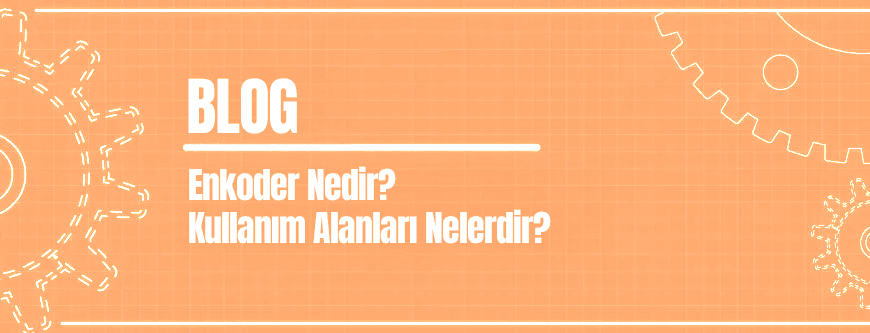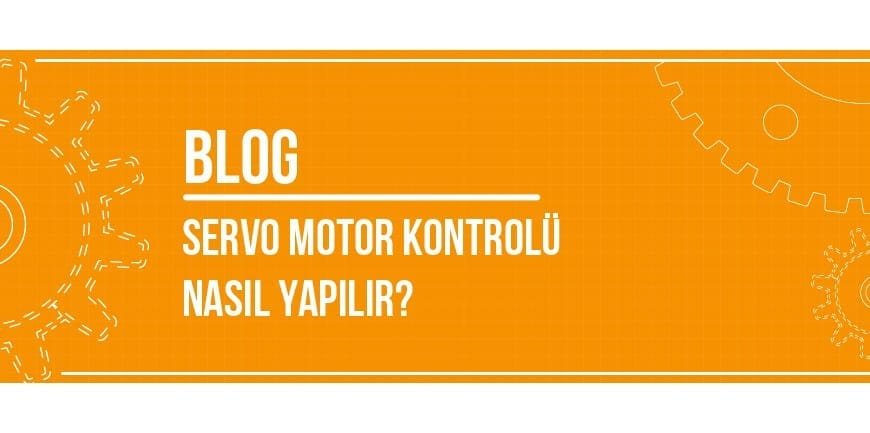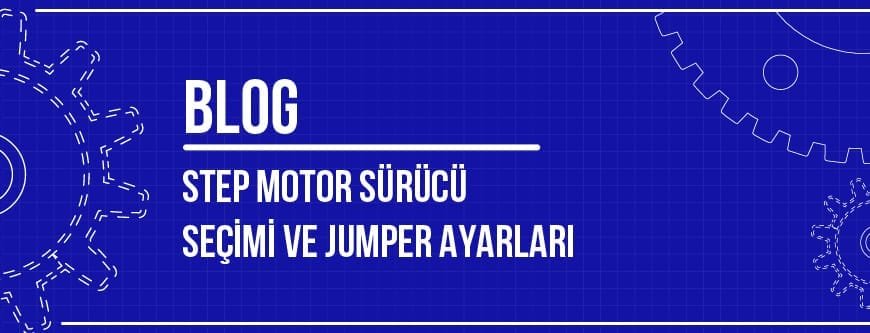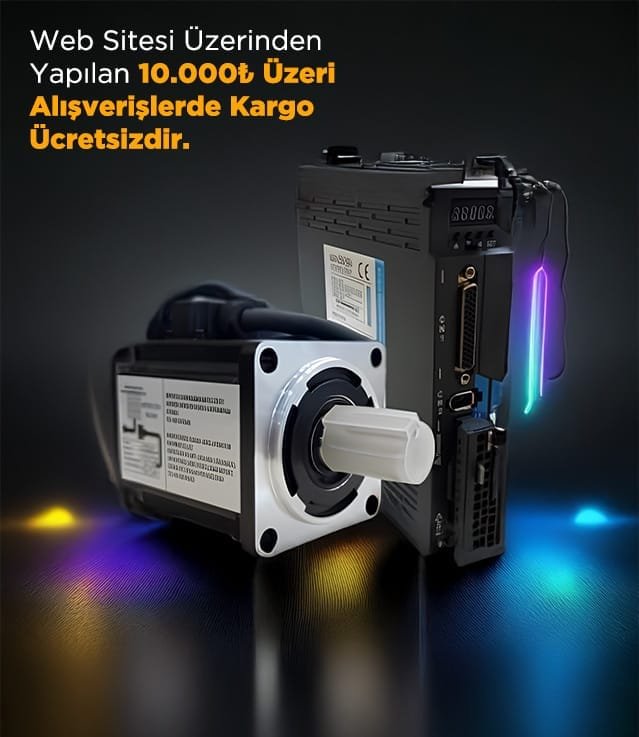
İçindekiler
What is an Encoder? What are its Applications?
Encoders are precision measurement devices that convert mechanical motion into electrical signals, thereby transmitting information such as position, speed, and direction to control systems. They are widely used in industrial automation, CNC machines, robotic systems, and motor control applications. Encoders enhance the precision of production processes by ensuring that motion is accurately detected.
With the advancement of technology, encoders are manufactured in a variety of types with different operating principles, sizes, and sensitivity levels. Selecting the right encoder for the application directly affects the efficiency of the system. Depending on the application, different types such as incremental, absolute, linear, and magnetic are preferred. Each type has its own advantages and application areas.
What is an Encoder?
An encoder is a type of sensor also known as a “position transducer” in Turkish. Its primary function is to measure the rotation or linear movement of a shaft or object and convert this into digital or analog signals. These signals are processed by control units to ensure that the machine operates at the correct position and speed.
Encoders can operate using both mechanical and optical principles. Optical encoders are preferred for tasks requiring high precision, while magnetic encoders can be used in harsh working environments thanks to their more durable construction. Both types are indispensable elements of industrial automation.
What are the different types of encoders?
Encoders are divided into different categories according to their signal generation methods and measurement methods. The most common types include incremental, absolute, linear, and magnetic encoders. Incremental encoders generate increase or decrease signals throughout the movement, while absolute encoders ensure that each position has its own unique code.
In addition, linear encoders are used to measure linear movements and are generally preferred in CNC machines. Magnetic encoders, on the other hand, stand out for their ability to operate smoothly in environments with high levels of dust, moisture, or vibration. Choosing the right encoder type directly affects system performance.
What is an Incremental Encoder?
An incremental encoder is a measuring device that generates electrical pulses at specific intervals during movement. These pulses are used to determine the speed and direction of the system. Incremental encoders capable of providing high resolution are particularly preferred in motor speed control and positioning applications.
However, in incremental encoders, position information is reset when a power failure occurs. For this reason, additional reference signals or absolute encoders are generally preferred in applications where the position must be continuously monitored. Nevertheless, when integrated with appropriate driver and control systems, they offer very high accuracy.
What is an Absolute Encoder?
An absolute encoder is a measuring device that expresses each position with its own unique digital code. This ensures that even if there is a power outage, the correct position information is retained when the motor or mechanical system is restarted. This feature provides a significant advantage, especially in long-term or critical production processes.
Absolute encoders are divided into two types: single-turn and multi-turn. Single-turn models measure the position of the shaft in a single turn, while multi-turn models provide position information over multiple turns. This allows for precise measurements even in systems with wide movement ranges.
What is a Linear Encoder?
A linear encoder is a sensor designed to measure linear motion. Typically working with a ruler-like scaling system, linear encoders provide precise position detection in CNC machines, measuring tables, and automated production lines.
Optical linear encoders offer high resolution, while magnetic linear encoders are more durable and suitable for harsh environments. The accuracy provided by linear encoders directly affects production quality, especially in applications that require measurements at the micron level.
What is a Magnetic Encoder?
A magnetic encoder is a device that uses changes in magnetic fields to detect movement. This technology offers the advantage of being able to operate smoothly in dusty, humid, or vibrating environments. It is particularly preferred in heavy industry and outdoor applications.
Although magnetic encoders generally have lower resolution than optical encoders, they excel in terms of durability and ease of maintenance. They reduce maintenance costs by offering long-term use in harsh conditions.
Where are encoders used?
Encoders have a wide range of applications, from industrial automation systems to robotic applications. CNC machines, packaging lines, elevator systems, medical devices, and agricultural machinery are among the most common areas where these sensors are used.
Encoders are also actively used in wind turbines, radar systems, military equipment, and automotive production lines. Encoders offer high efficiency and reliability in any field that requires motion control and position tracking.
Encoder-equipped stepper motors are a special application of this technology. Encoders integrated into standard stepper motors prevent potential step losses by checking whether the motor is in the correct position at each step. This ensures high accuracy and reliable operation in CNC machines, 3D printers, and precision automation projects. Encoder-equipped stepper motors enhance both performance and energy efficiency by providing closed-loop control capabilities through their feedback feature.
Encoders are used in a wide variety of industrial and technological fields that require motion measurement and position tracking. Here are the most common areas of application:
- CNC Machines and Industrial Machines – Provides high-precision positioning in cutting, drilling, and milling operations.
- Robotic Systems – Performs precise movements and position control of robotic arms.
- Packaging and Production Lines – Used in speed, location, and product counting operations.
- Elevator and Escalator Systems – Performs floor positioning and speed control.
- Medical Devices – Provides positional accuracy in radiotherapy machines, surgical robots, and laboratory devices.
- Agricultural Machinery – Tracks movement in planting, harvesting, and fertilization systems.
- Wind Turbines – Measures blade position and rotation speed.
- Automotive Industry – Used in robots and production machines on assembly lines.
- Radar and Defense Systems – Provides accurate targeting and position tracking.
If you are looking for a stepper motor, you can achieve both high precision and maximum efficiency in your projects by choosing encoder models.
Diğer Blog Yazılarımız








